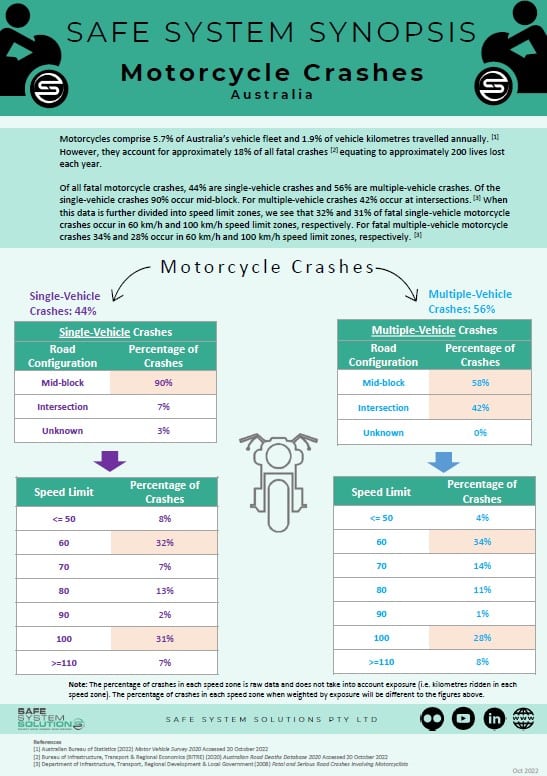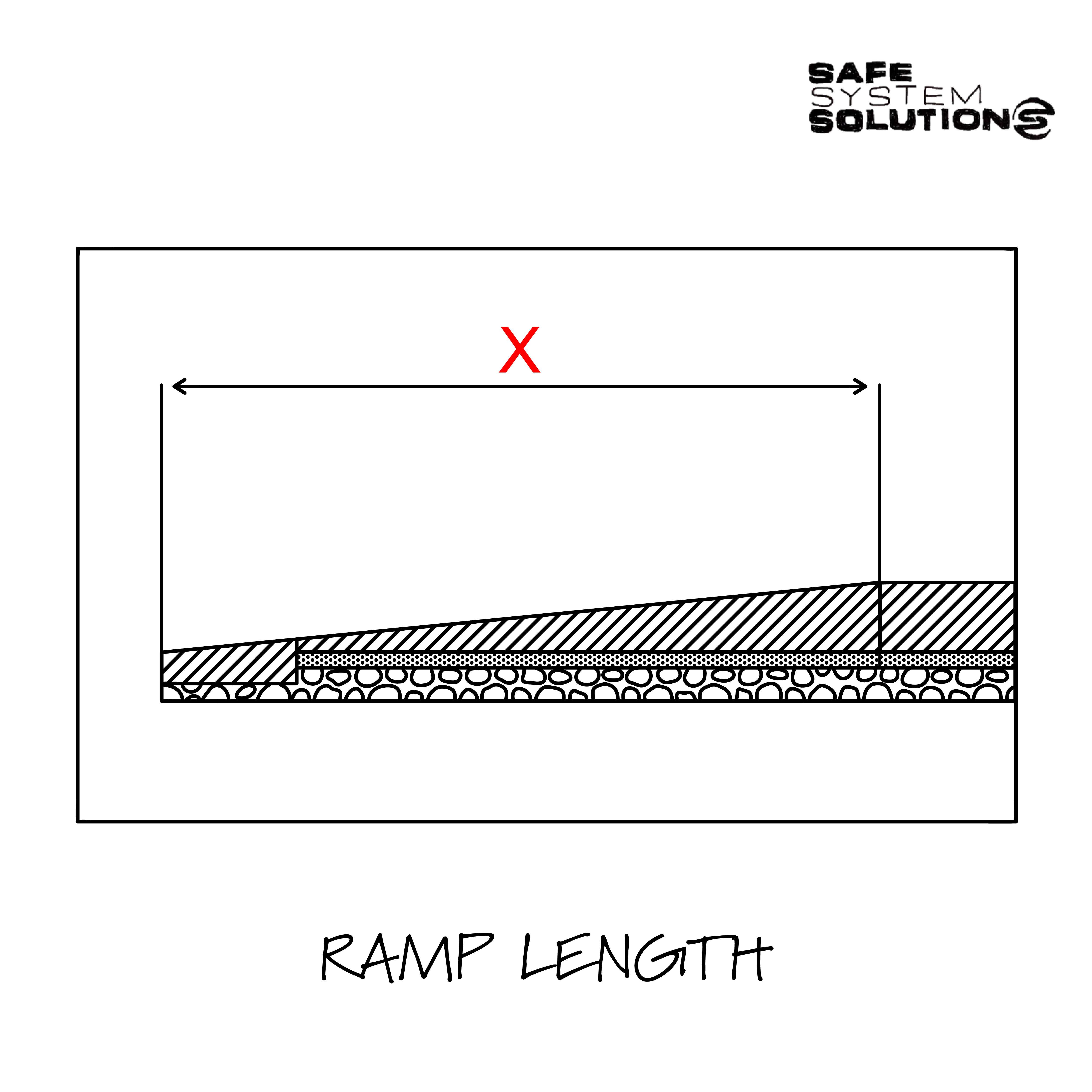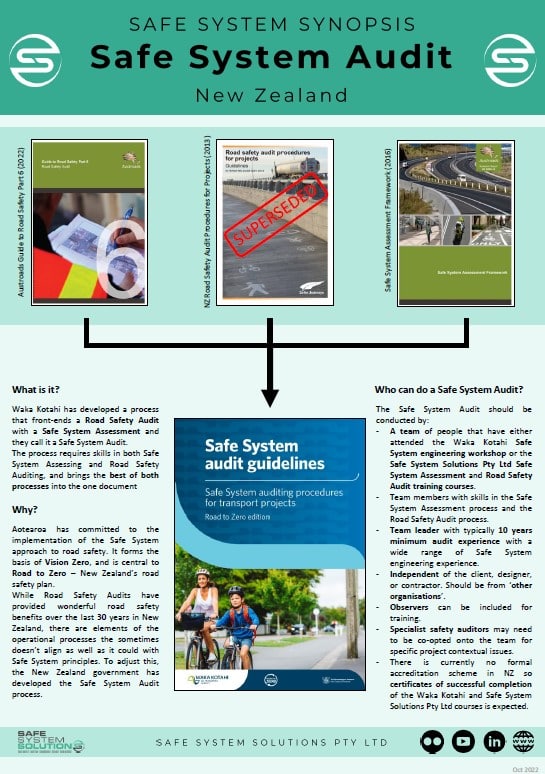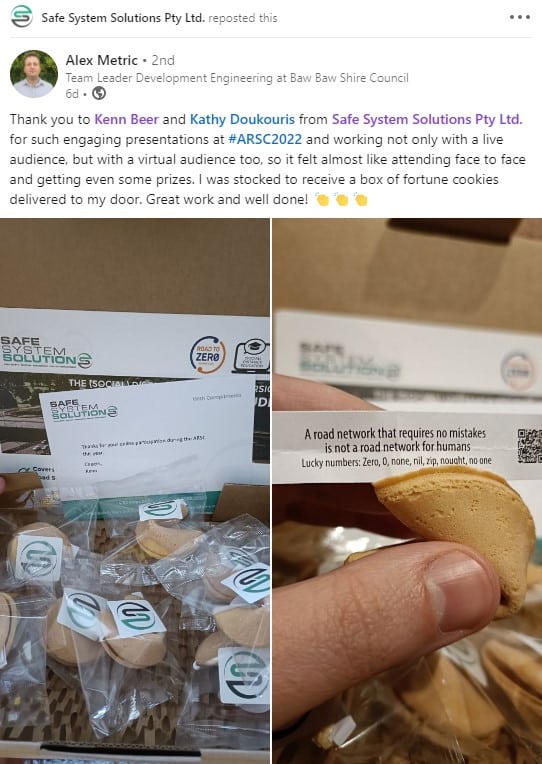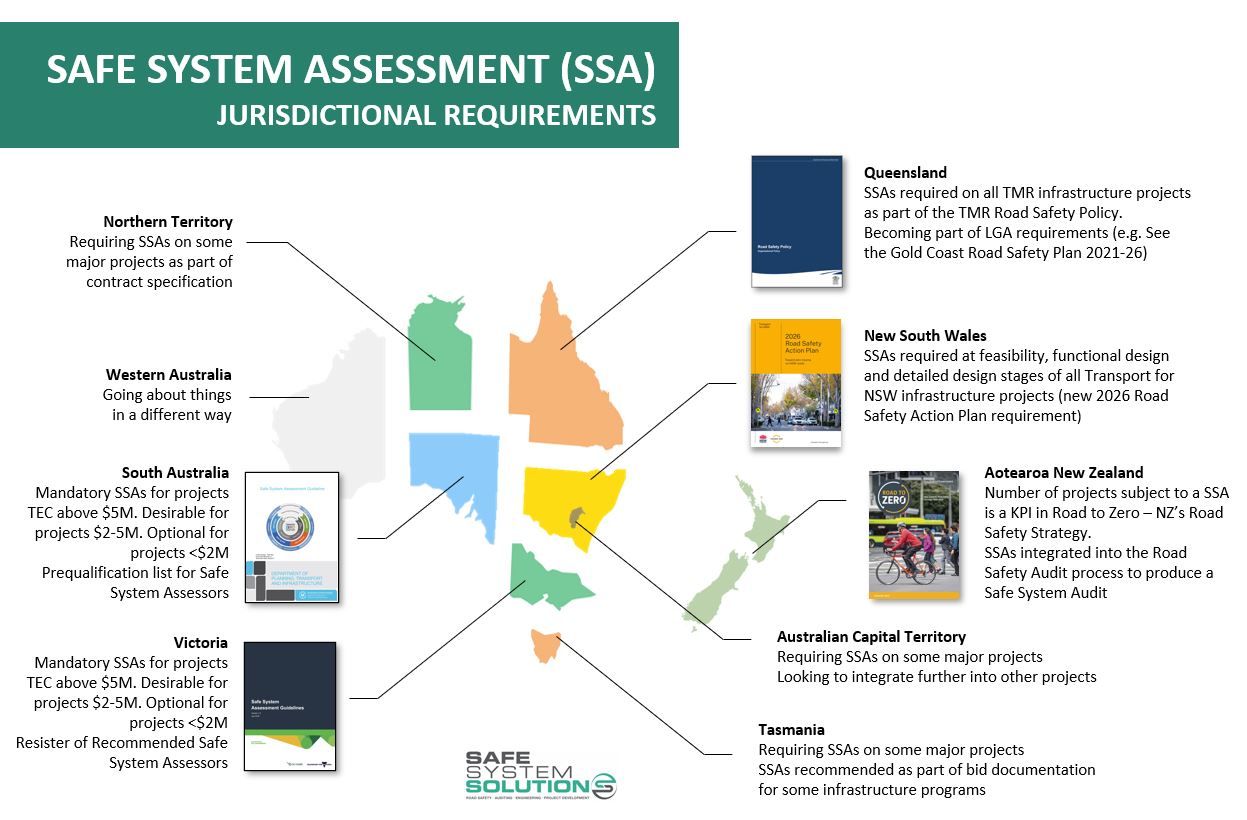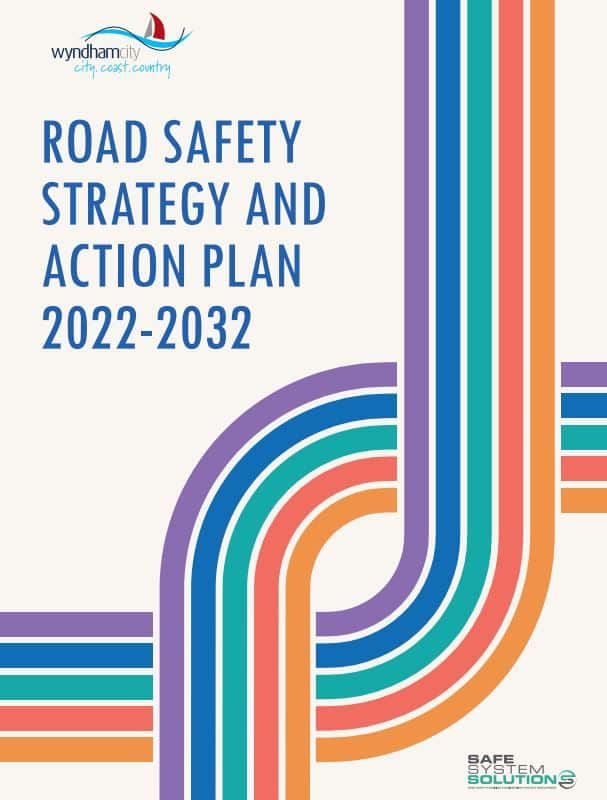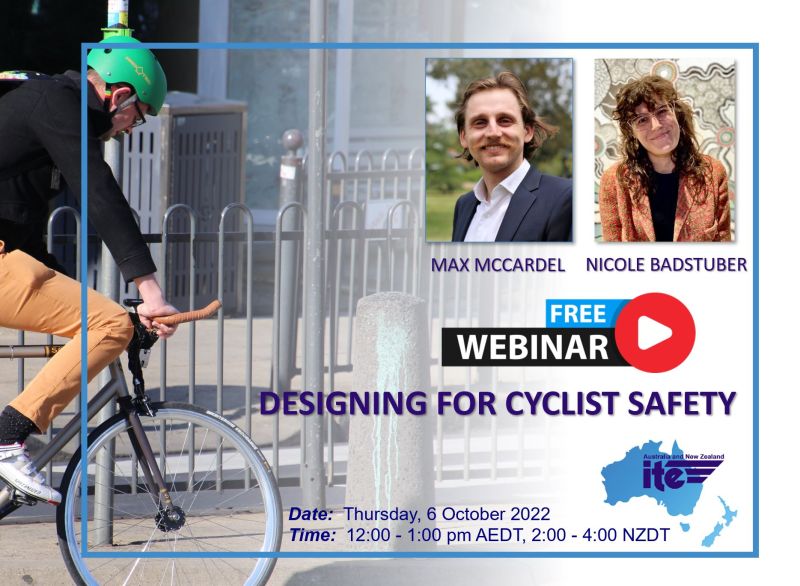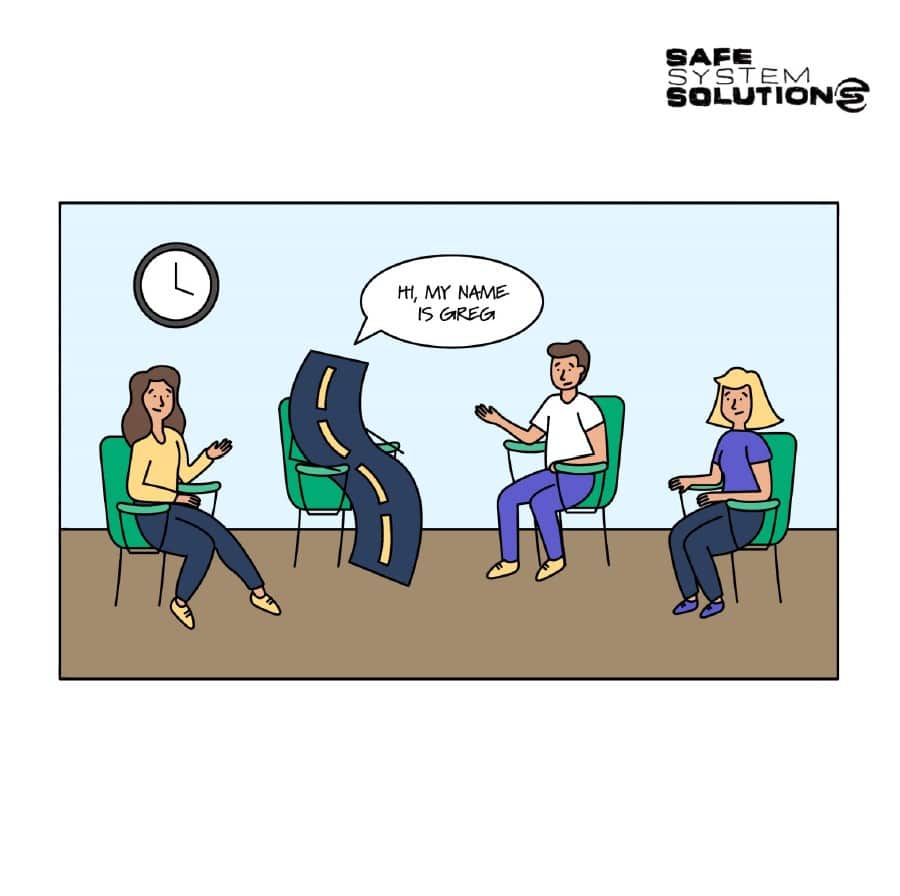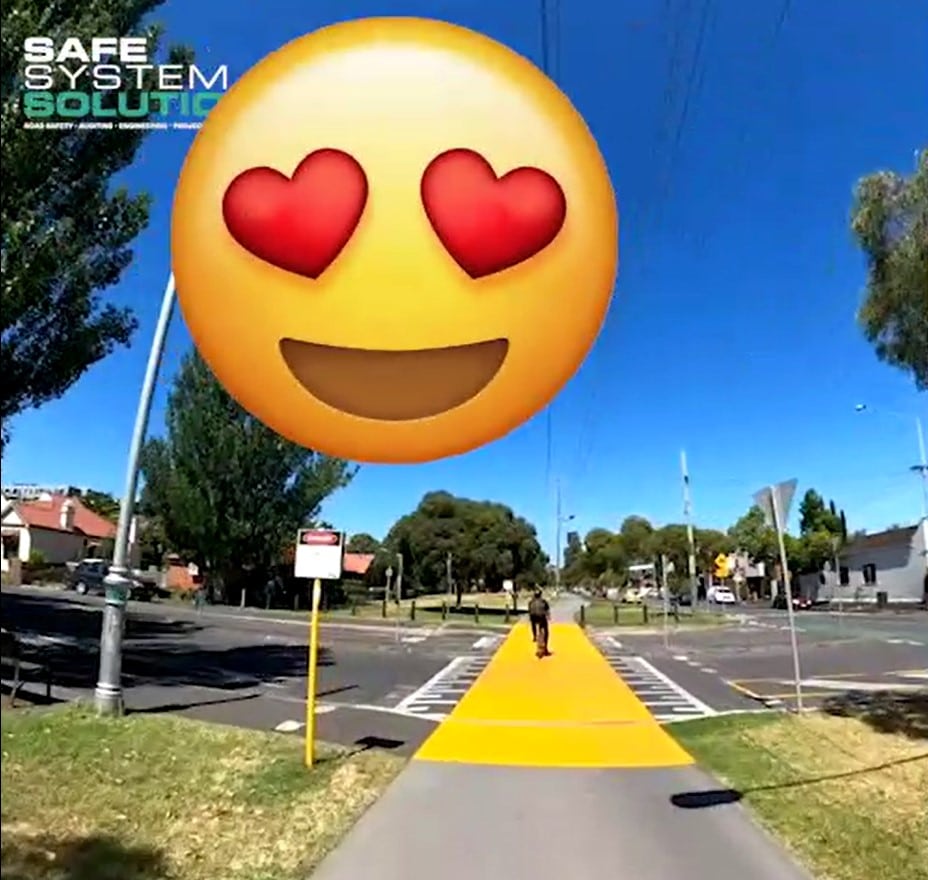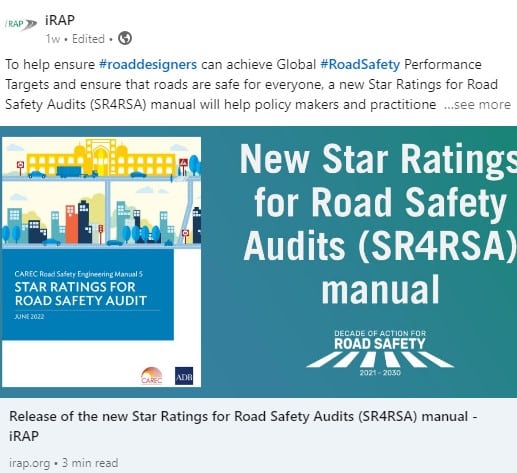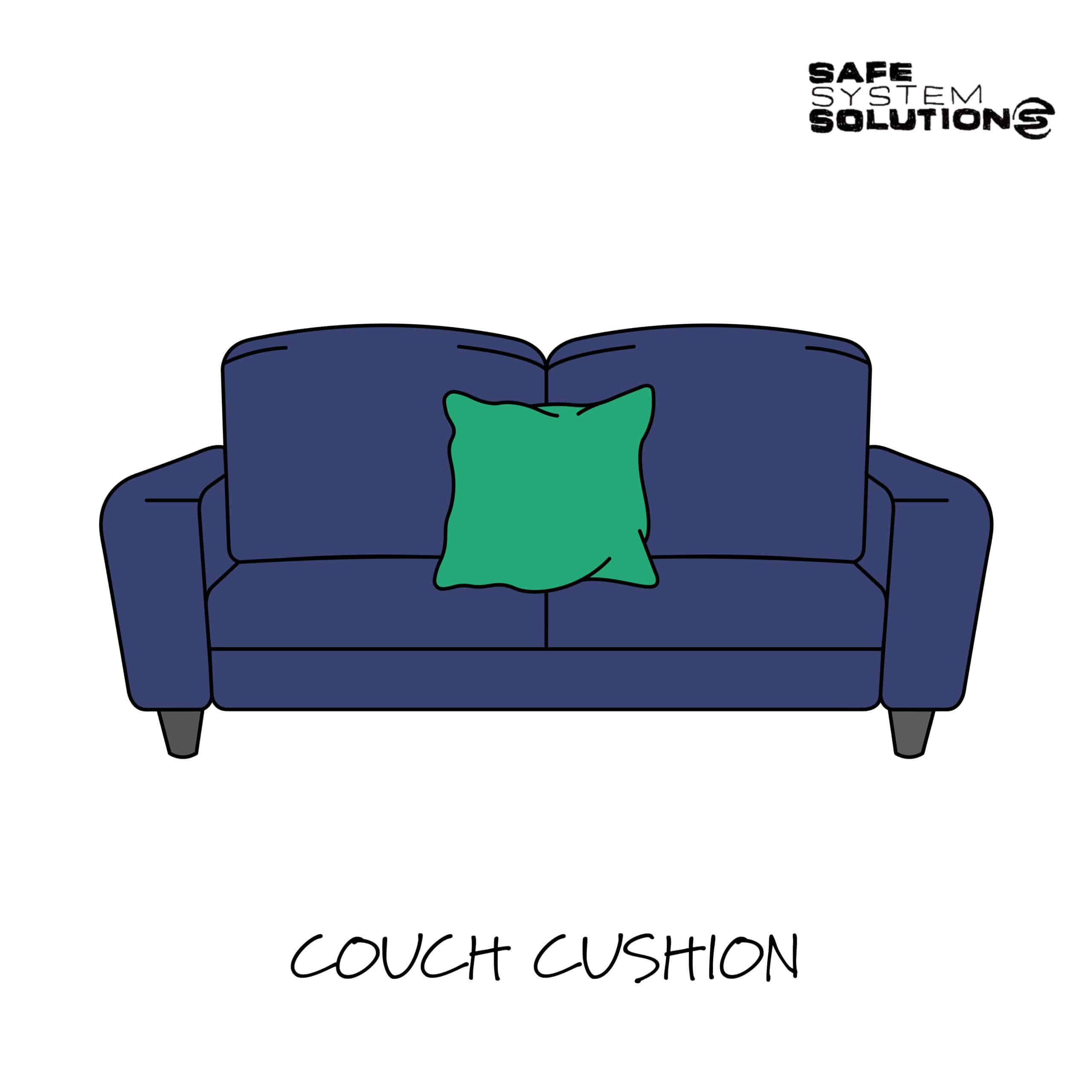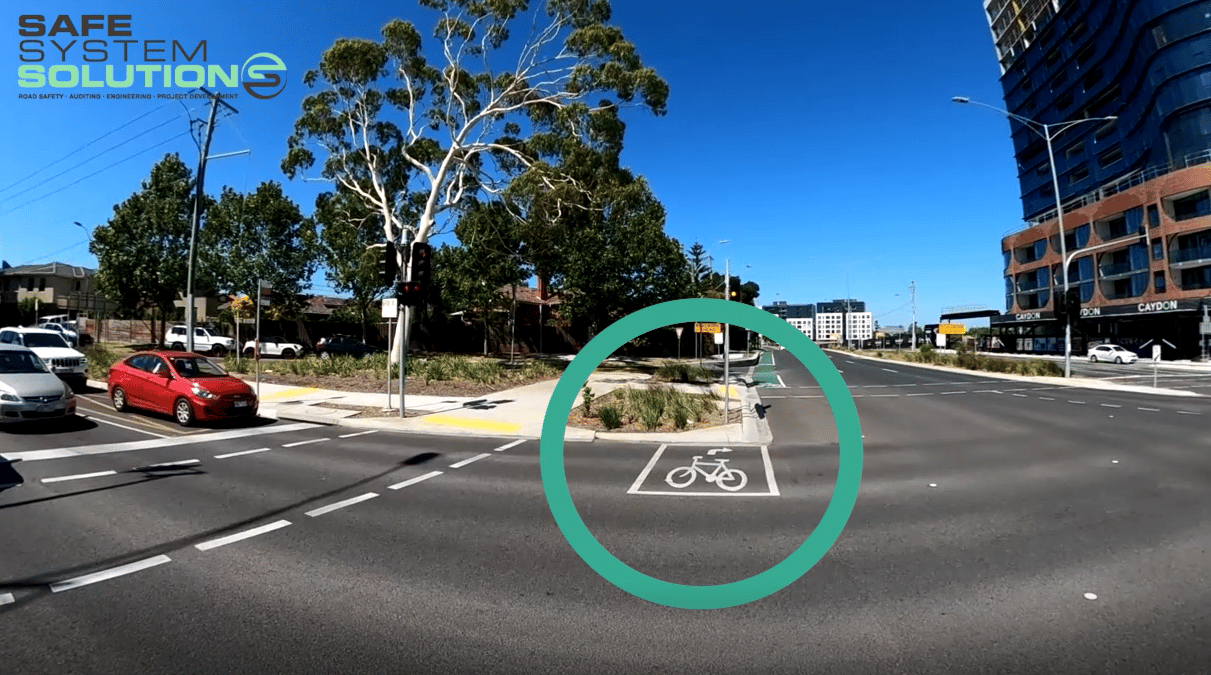Latest News
Safe System Synopsis
It’s Motorcycle Safety Awareness Month…EVERY MONTH, in our opinion. Motorcyclists and pillion passengers are staggeringly overrepresented in road trauma when analysing crashes per vehicle kilometres travelled, crashes per registered vehicle, crashes per licensed...
Safe System Sketch
Happy Friday. Here's one for the road safety barrier enthusiasts out there.
Safe System Sketch
It's Safe System Sketch time.Each Friday this year, our engineers have been putting their comic wit on the line and producing a cartoon/sketch. Let us know what you think of today's sketch.
Safe System Snippet #186 Speeding Fines
In parts of Europe speeding fines are adjusted to match the speeder’s salary. Finland is best known for this system where the government uses their existing tax data to work out a fine that provides equal disincentive regardless of earnings (including benefits). This...
Safe System Synopsis – Safe System Audits
Waka Kotahi has just released their Safe System Audit guidelines and process. It’s a new frontier in the Safe System assurance process and we’re excited. So much so that we’ve produced a fact sheet (below) to explain some of the changes. Get in contact to ensure you...
Wombat Crossing in Goulburn NSW
Road Safety Barriers Training in Brisbane
By popular demand, our Road Safety Barriers technical training course is coming to Brisbane. Over 500 engineers, road designers, technical officers, managers and field staff from around Australia have successfully completed this course. Through interactive learning,...
Thank You Message
Safe System Principles Training
Does advanced driver training work? Are speed limits really that important? Are roundabouts always safer? How do we deal with extreme driver behaviour? How do we factor economic productivity into this? How do we fit motorcyclists into the Safe System? Can we scare...
Safe System Snippet #185 Safe System Assessments (SSA) – Jurisdictional Requirements
Safe System Assessments (SSAs) are now mandatory in most jurisdictions across Australia and New Zealand. Here’s a guide to the jurisdiction specific requirements with respect to SSAs: QueenslandSSAs required on all TMR infrastructure projects as part of the TMR Road...
ITE-ANZ seminar – Designing for Cyclist Safety
If you missed it, the seminar recording is now available from the ITE-ANZ website. Click here: recording Designing for Cyclist SafetyWonderful discussion at yesterday’s ITE-ANZ seminar on designing for cyclist safety. Thanks to Max McCardel and Ilse...
Safe System Sketch
Safe System SketchHappy Friday and have a wonderful weekend.
Wyndham City Council Road Safety Strategy and Action Plan 2022-2032
Wyndham City Council (one of Australia’s fastest growing municipalities) has just released their Road Safety Strategy and Action Plan 2022-2032. The strategy commits Wyndham to being proactive, innovative, and progressive in their approach, and activates them to lead...
Designing for Cyclist Safety – Online Seminar
Our Project Development Lead, Max McCardel, will be presenting alongside Nicole Badstuber FCIHT at the ITE Australia & New Zealand (ITE-ANZ) online seminar Designing for Cyclist Safety. Max is the lead trainer for the Safe System Solutions Pty Ltd. (Social)...
Safe System Sketch
Safe System SketchHave a good weekend.
Safe System Snippet #184 Consistency of Treatment
Consistency of intersection treatment along a corridor has long been known to improve compliance and safety for vehicles (AGTM Part 6). We need to take the same thinking and apply it to our cycling corridors.The video below shows five minor road crossings along a...
New Star Ratings for Road Safety Audits
This is an exciting evolution in the Road Safety Audit profession.Congratulations to iRAP, the Asian Development Bank (ADB) and our team at Safe System Solutions Pty Ltd. that worked so hard in developing this methodology.
Road Safety Assessment Techniques Training
How do you decide which road safety assessment technique to use at what stage of your project? Yesterday our Principal Engineer, Kenn Beer, ran a bespoke one-day training workshop for the ACT Government to demystify the many road safety assessment techniques...
Safe System Sketch
It's Friday Safe System Sketch time.Have a good weekend.
Safe System Snippet #183 Bicycle Hook Turns
Bicycle Hook Turns are encouraged as a way for cyclists to navigate signalised intersections with less likelihood of crash. To encourage riders to make this turn (as opposed to crossing to the middle of the road and propping in the right turn lane), Hook Turn Storage...

